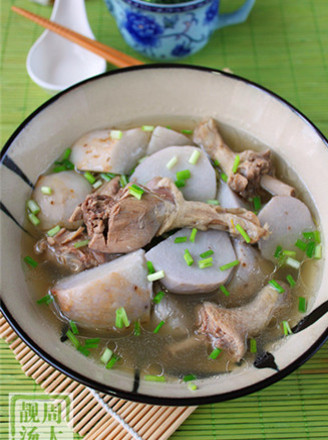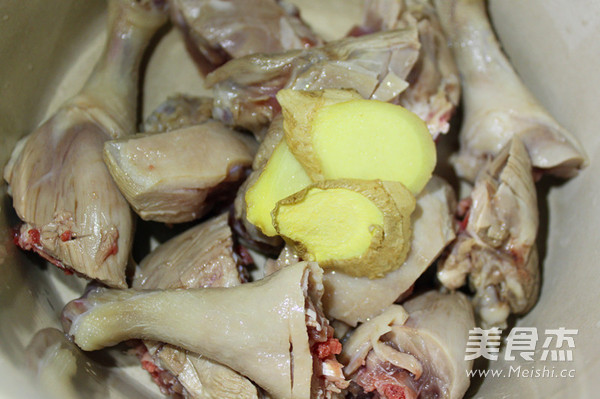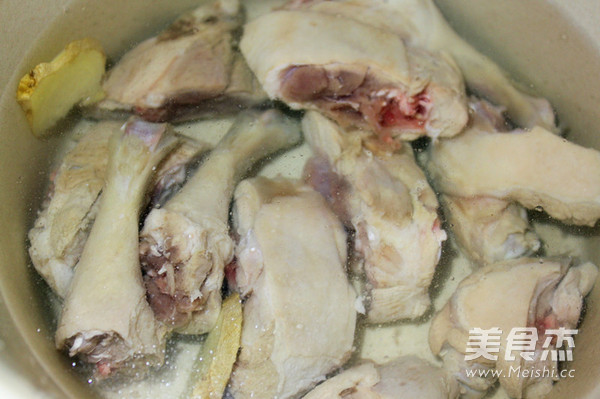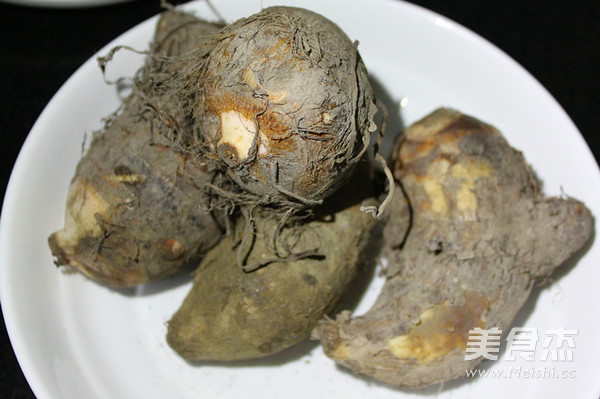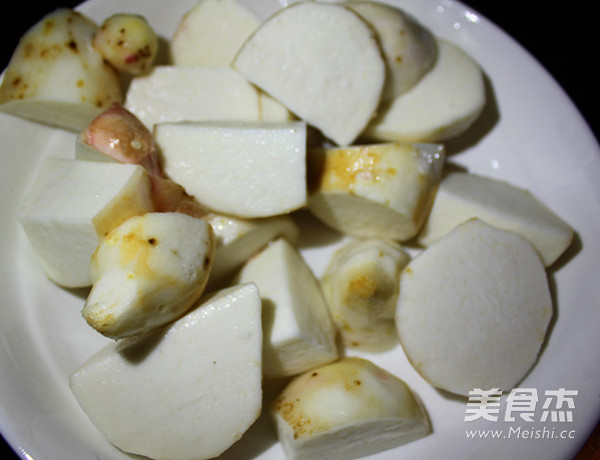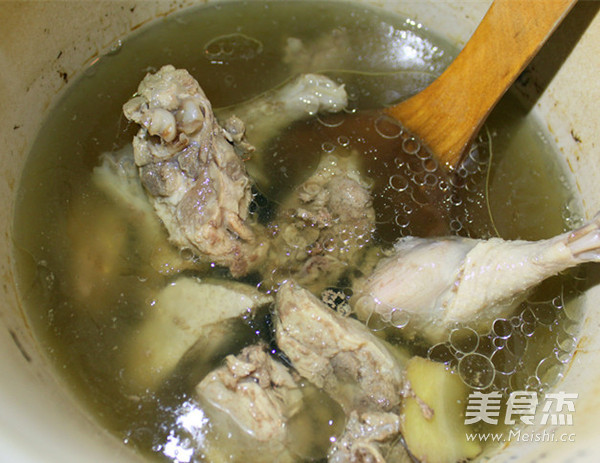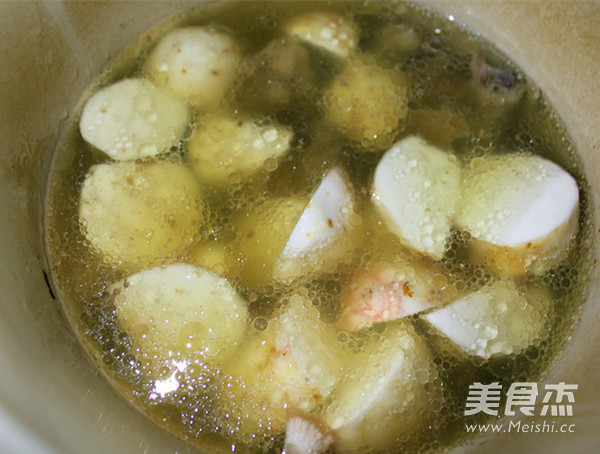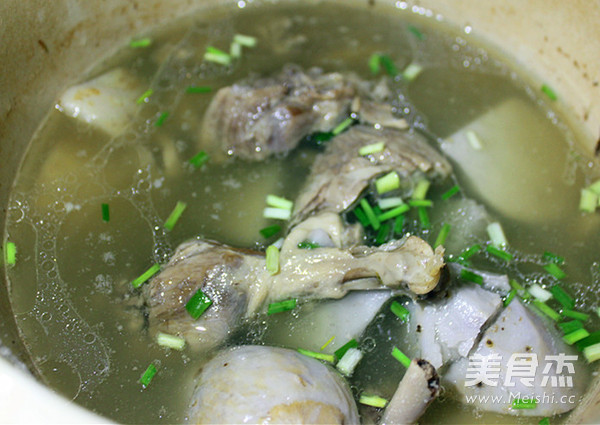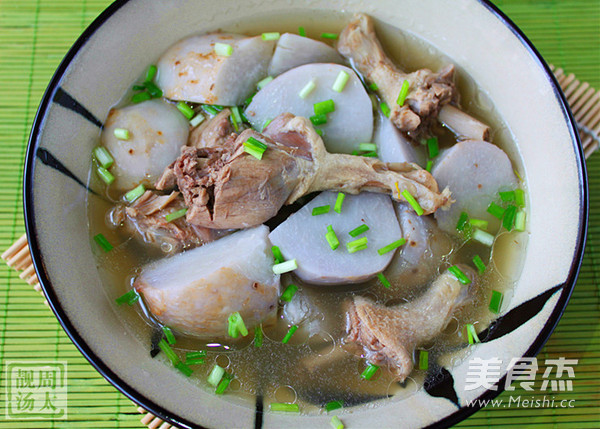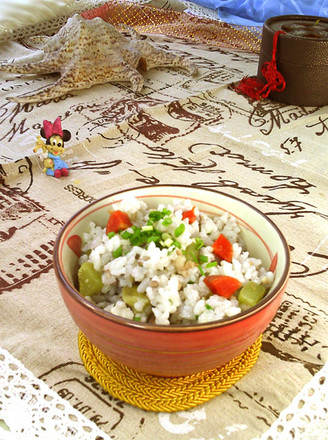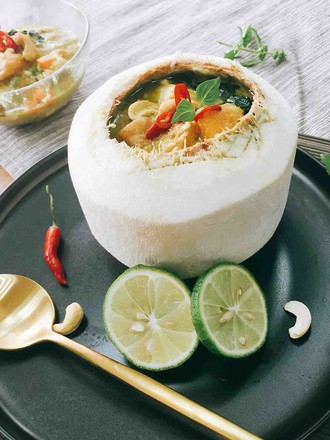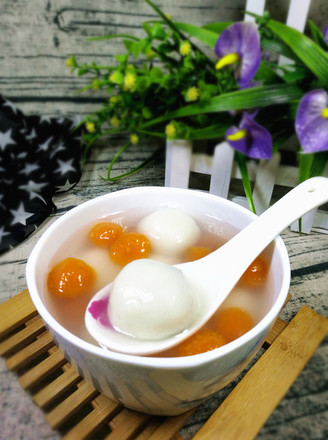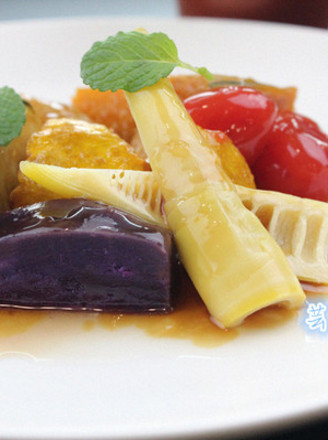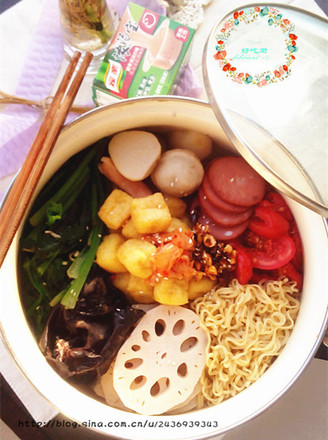Taro Duck Broth
by Zhou Tai Liang Soup
Favorite
Difficulty
Easy
Time
2h
Serving
4
Just ask the people of Shanghai, what do they eat during the Mid-Autumn Festival? Of course it is taro, duck, and edamame. Without even thinking about it, they blurted out. Not only has it become a holiday eating habit, but also the eternal definition of the meaning of this holiday-reunion.
When I was young, as long as I saw my mother bring out the enamel casserole with a full moon, Mrs. Zhou knew that there would be something delicious today, especially during the Mid-Autumn Festival, a pot of [Duck and Taro Soup] is a must, and it will never be in this holiday home. A delicacy that will be replaced.
When I was young, as long as I saw my mother bring out the enamel casserole with a full moon, Mrs. Zhou knew that there would be something delicious today, especially during the Mid-Autumn Festival, a pot of [Duck and Taro Soup] is a must, and it will never be in this holiday home. A delicacy that will be replaced.

